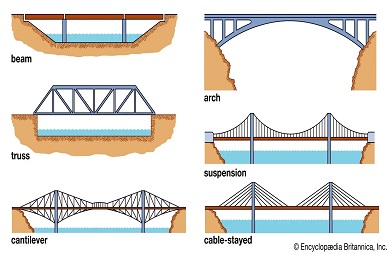
Different Types of Bridges
Types of Bridge
Different Types of Bridges
On The Basis of Materials (Classification of Bridge)
1. Concrete Bridge – A concrete bridge is a type of bridge construction that uses reinforced concrete as the primary structural material. Reinforced concrete is a composite material made of concrete, steel reinforcement bars, and other materials that provide additional strength and durability.
Concrete bridges can take many different forms, including beam bridges, arch bridges, and cable-stayed bridges. The choice of design depends on factors such as the span of the bridge, the anticipated loads, and the surrounding landscape.
Concrete bridges are known for their strength, durability, and resistance to corrosion, making them a popular choice for both highway and railway bridges. They are also relatively easy to construct and maintain, which makes them a cost-effective option in many cases.
Overall, concrete bridges are a reliable and long-lasting solution for crossing rivers, valleys, and other obstacles, and they play a critical role in modern transportation infrastructure.
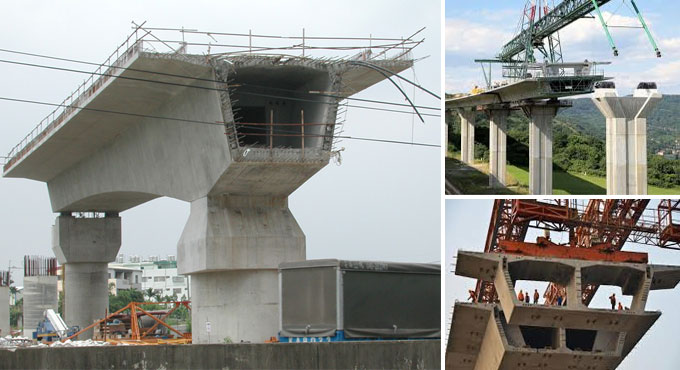
2. Steel Bridge – A steel bridge is a type of bridge construction that uses steel as the primary structural material. Steel is a strong and durable material that can withstand high loads and stresses, making it an ideal choice for large span bridges that need to support heavy traffic or railway lines.
Steel bridges can be built in several different forms, including beam bridges, arch bridges, suspension bridges, and cable-stayed bridges. The choice of design depends on factors such as the span of the bridge, the anticipated loads, and the surrounding landscape.
Subscribe Solitude Education Youtube Channel – Click Here
One of the key advantages of steel bridges is their strength and durability. Steel is resistant to corrosion, fatigue, and other forms of damage, which means that steel bridges can last for many decades with minimal maintenance. Steel bridges are also relatively easy to construct and can be prefabricated offsite, which can help to reduce construction time and costs.
Overall, steel bridges are a reliable and cost-effective solution for crossing rivers, valleys, and other obstacles, and they are widely used in modern transportation infrastructure.
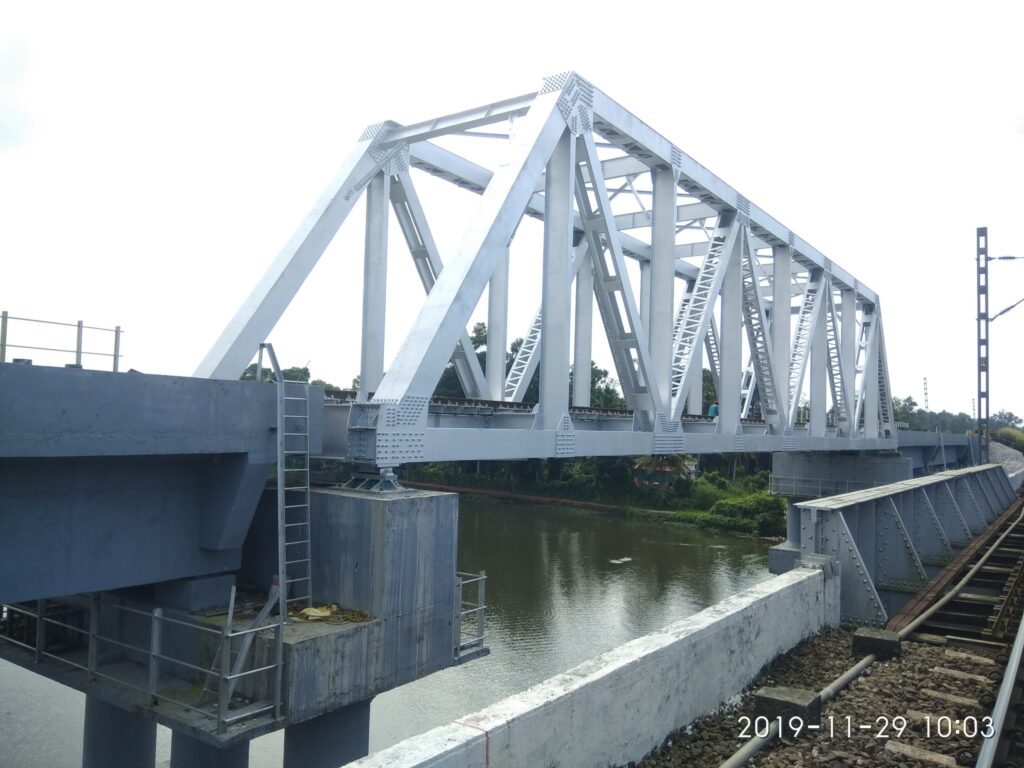
3. Wood Bridge – A wood bridge is a type of bridge construction that uses wood as the primary structural material. Wood has been used to build bridges for centuries due to its availability, ease of use, and relatively low cost.
Wood bridges can take many different forms, including beam bridges, arch bridges, and truss bridges. The choice of design depends on factors such as the span of the bridge, the anticipated loads, and the surrounding landscape.
One of the advantages of wood bridges is their natural aesthetic appeal. Wood is a warm and inviting material that blends in well with natural surroundings, making it an excellent choice for bridges that need to complement the surrounding environment.
However, wood bridges also have some disadvantages. They are not as strong as steel or concrete bridges, which means that they may not be suitable for heavy traffic or railway lines. They are also more susceptible to damage from weather, insects, and other environmental factors, which means that they may require more maintenance over time.
Overall, wood bridges can be a cost-effective and attractive option for crossing smaller streams or rivers, but they may not be suitable for larger or more heavily trafficked crossings.
4. Stone Bridge – A stone bridge is a type of bridge construction that uses stone as the primary structural material. Stone bridges have been used for thousands of years due to the availability and durability of stone.
Stone bridges can take many different forms, including arch bridges, beam bridges, and suspension bridges. The choice of design depends on factors such as the span of the bridge, the anticipated loads, and the surrounding landscape.
One of the key advantages of stone bridges is their durability. Stone is a strong and resilient material that can withstand the effects of weather and other environmental factors, making it an ideal choice for bridges that need to last for many years.
However, stone bridges can be more expensive and time-consuming to construct than other types of bridges. They require skilled craftsmen to shape and fit the stones together, and the weight of the stone can make transportation and assembly more difficult.
Overall, stone bridges are a visually stunning and long-lasting solution for crossing rivers, valleys, and other obstacles. They are not as commonly used in modern bridge construction as other materials like steel and concrete, but they remain an important part of historical and cultural heritage.
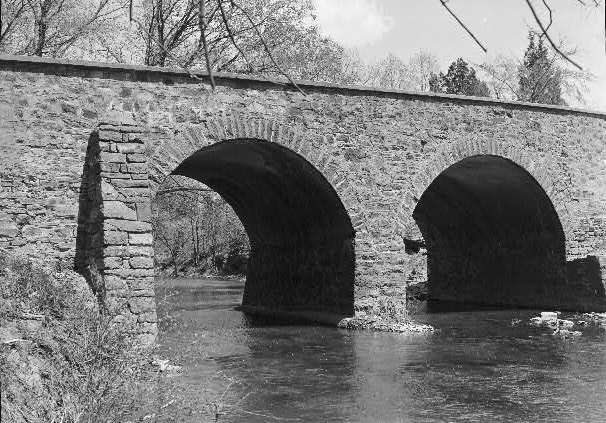
5. Brick Bridge – A brick bridge is a type of bridge construction that uses brick as the primary structural material. Brick has been used for centuries in construction due to its availability, durability, and aesthetic appeal.
Brick bridges can take many different forms, including arch bridges, beam bridges, and viaducts. The choice of design depends on factors such as the span of the bridge, the anticipated loads, and the surrounding landscape.
One of the advantages of brick bridges is their visual appeal. Brick has a warm and natural appearance that can blend in well with the surrounding environment, making it an excellent choice for bridges that need to complement the local architecture.
However, brick bridges can be more expensive and time-consuming to construct than other types of bridges. They require skilled craftsmen to lay the bricks and shape them into the desired form, which can add to the cost of construction.
Overall, brick bridges are a durable and attractive solution for crossing smaller streams or rivers. They are not as commonly used in modern bridge construction as other materials like steel and concrete, but they remain an important part of historical and cultural heritage.
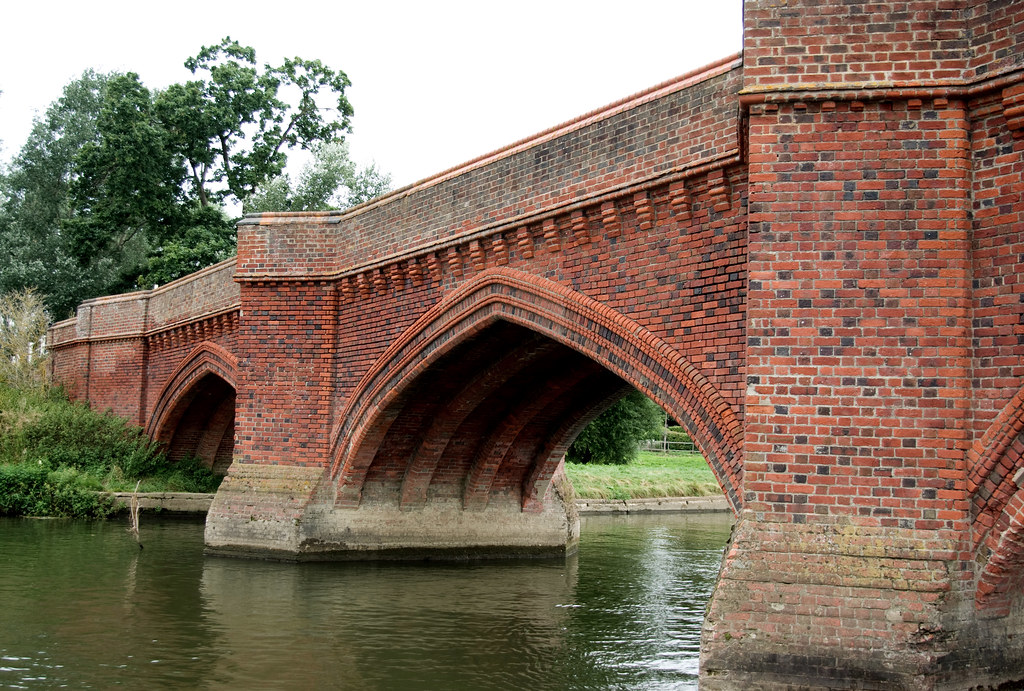
India’s Most Affordable Offline Training For Civil Engineer’s – Click Here
6. Hybrid Bridge – A hybrid bridge is a type of bridge construction that uses a combination of different materials to create a structure that takes advantage of the benefits of each material. A hybrid bridge can combine materials such as steel, concrete, wood, and composites to create a custom solution that meets the specific needs of a particular project.
Hybrid bridges can take many different forms, including beam bridges, arch bridges, and cable-stayed bridges. The choice of design depends on factors such as the span of the bridge, the anticipated loads, and the surrounding landscape.
One of the key advantages of a hybrid bridge is its ability to optimize the use of different materials to create a bridge that is strong, durable, and cost-effective. For example, a hybrid bridge may use steel for the main structural components, while incorporating concrete or wood for the bridge deck or aesthetic features.
Overall, hybrid bridges are a flexible and innovative solution for crossing rivers, valleys, and other obstacles. They can be customized to meet the specific needs of a project, while taking advantage of the unique properties of each material to create a strong and durable structure.
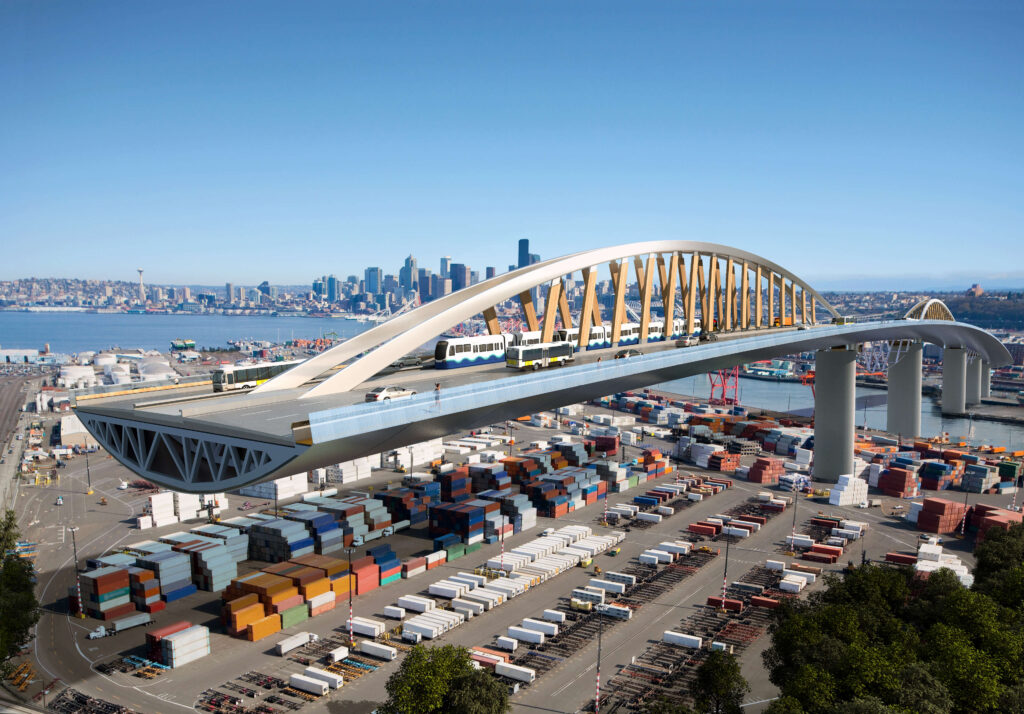
For Complete Bridge Training Visit to Our Website – Solitude Education
On The Basis of Usages (Types of Bridge)
1. Pedestrian Bridge – A pedestrian bridge is a type of bridge designed for pedestrians and cyclists to cross over an obstacle, such as a river, highway, or railway line. Pedestrian bridges can be made from a variety of materials, including steel, concrete, wood, or composites.
Pedestrian bridges are typically designed to be lightweight and visually appealing, and they may feature arc

